Over the “pond”, Thanksgiving was celebrated last week – America’s traditional gateway to Christmas.
So, let’s follow that example and begin the Christmas wine recommendations.
That four-part series of suggestions should sprinkle extra stardust onto any part of yuletide spent among our nearest and dearest.
The sequence will be interrupted (later this week) though by an examination of the upcoming Wine Tour in Lidl.
As you would expect from this site, the primary (but not exclusive) focus will be on accessible wines that are available on most High Streets.
Right! Onto the first “window” of this particular Advent Calendar – a look at fortified wines and the sweeter wines that also work well at this time of year.
Once again, pictures and hyperlinks are included where possible to make it easier to track down the wine in question.
Let’s start what we already know.
2020 Pillitteri Estates Icewine Vidal (£13.99 for a half bottle at Lild while stocks last and 10.5% abv):

The last Lidl Wine Tour (and with any luck the new one) included this Canadian Icewine – a style that usually costs a fortune because its volumes and labour costs are high.
Icewine, of course, is a sweet dessert wine made from grapes gathered while still frozen on the vine.
It has concentrated flavours (because so much water leaks out from freezing – think burst pipes) but always tastes incredibly clean.
Gold coloured and delightfully smooth, this example features rich apricot, lychee and apple crumble flavours with suggestions of orange and of honey.
And another re-appearance
The Best Pedro Ximenez (£7 for a half bottle at Morrisons but it may be on offer, and 17%):
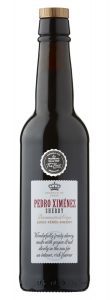
This was praised here on 16 November along with other, equally impressive, sherries and is a top example at its price.
Remember, it has aromas of coffee being roasted and a generous syrupy mouthfeel with fig and date sweetness wrapped in ginger spiciness.
Joining the party are a cocktail of honey aromas, good acidity and suggestions of marmalade and crunchie sweeties.
And on to the new options
10-year-old Tawny Port (£16 at the Co-op and 20%):
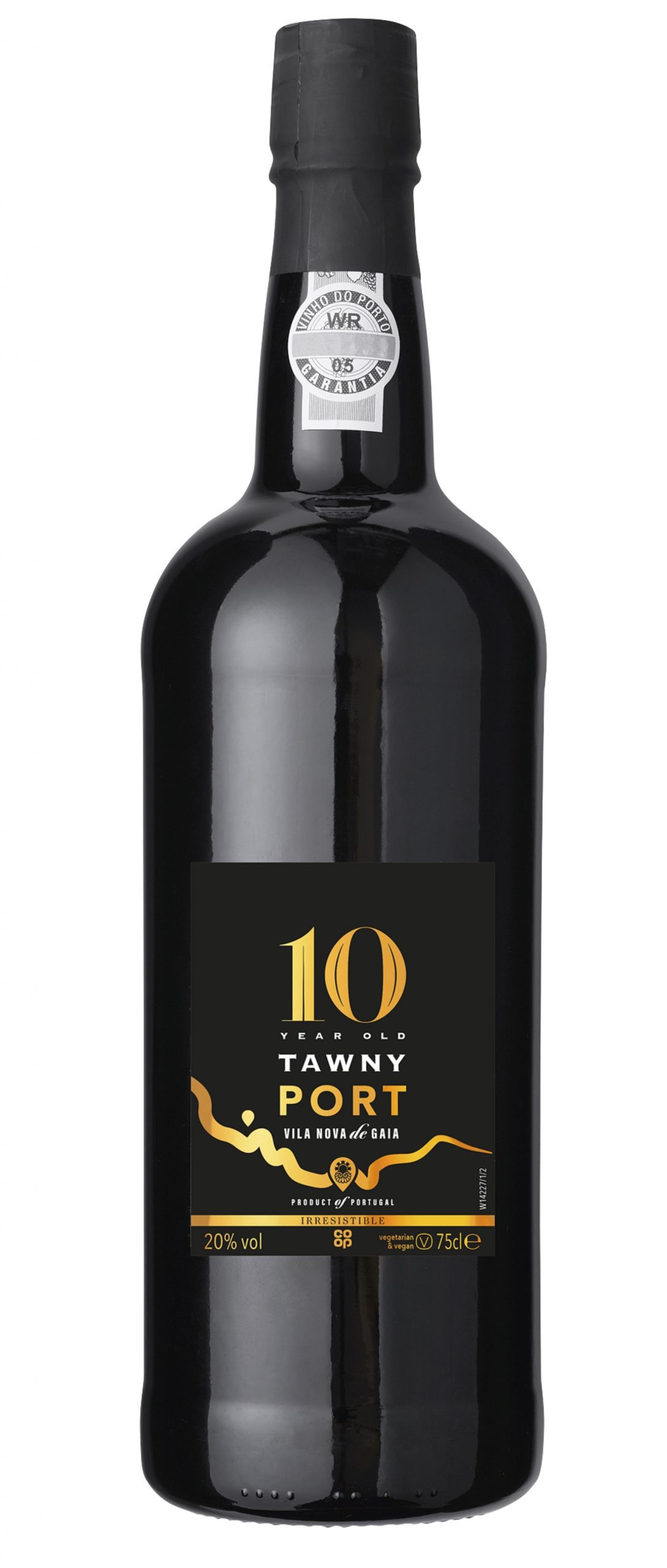
Let’s move to sherry’s obvious partner – port but, with the justified clamour for vintage ports, the charms of tawny versions are often overlooked.
Tawny port is matured in barrel not bottle and, thus, loses colour (moving from red to brown) but does gain attractive nutty and dried fruit favours from the wood.
Nowadays, it often has sufficient acidity to work – lightly chilled – as an aperitif as well as the more traditional “end of meal” drink.
With aromas of fruity depth, this example (which, to me, is one of the best on the High Street) has smooth cherry, damson and nutty flavours.
Partnering those aspects here are balanced acidity and savoury edges containing traces of raisins and baking spice.
NB: Prices in store and shown online may vary.
Next, the classic face of port
2013 Taylor’s ‘Quinta de Vargellas’ Port (from £29.99 at Majestic and the usual 20%):

While classic vintage port is usually the best Christmas libation, cost often rules it out – but single vineyard ports can come to the rescue.
OK, they lacks the extensive, labour-intensive blending top level options enjoy but are simpler to make and – best of all – kinder to the wallet.
Dark and dense, this one is centred around well-defined plum and butterscotch flavours.
These are accompanied here by orange acidity and suspicions of cedar, aniseed and liqueur chocolates.
NB: Vintages in store may vary.
Or an underestimated port and sherry alternative
Marks & Spencer, 5 Year Old Finest Medium Rich Madeira (£12 in M&S physical stores or £12.50 online at Ocado and 19%):

For a welcome change to the most popular fortified wines, how about trying a sadly neglected alternative – madeira.
Its wines were developed for sea-farers and, thus, use enough brandy to avoid deterioration during long voyages.
Madeira comes in different levels of sweetness and aging and this is a good start point for anyone unfamiliar with the style.
Chestnut coloured with sweet aromas, it brings us smooth fudge, almond and treacle flavours.
It does not end there though as its components also include cinder toffee, toast and ginger constituents with balanced citrus acidity, all built into a modest yet integrated texture.
Now for the sweeties.
2021 Domaine de Lasserre Jurançon (£7.25 for a half bottle at the Co-op and 12%):
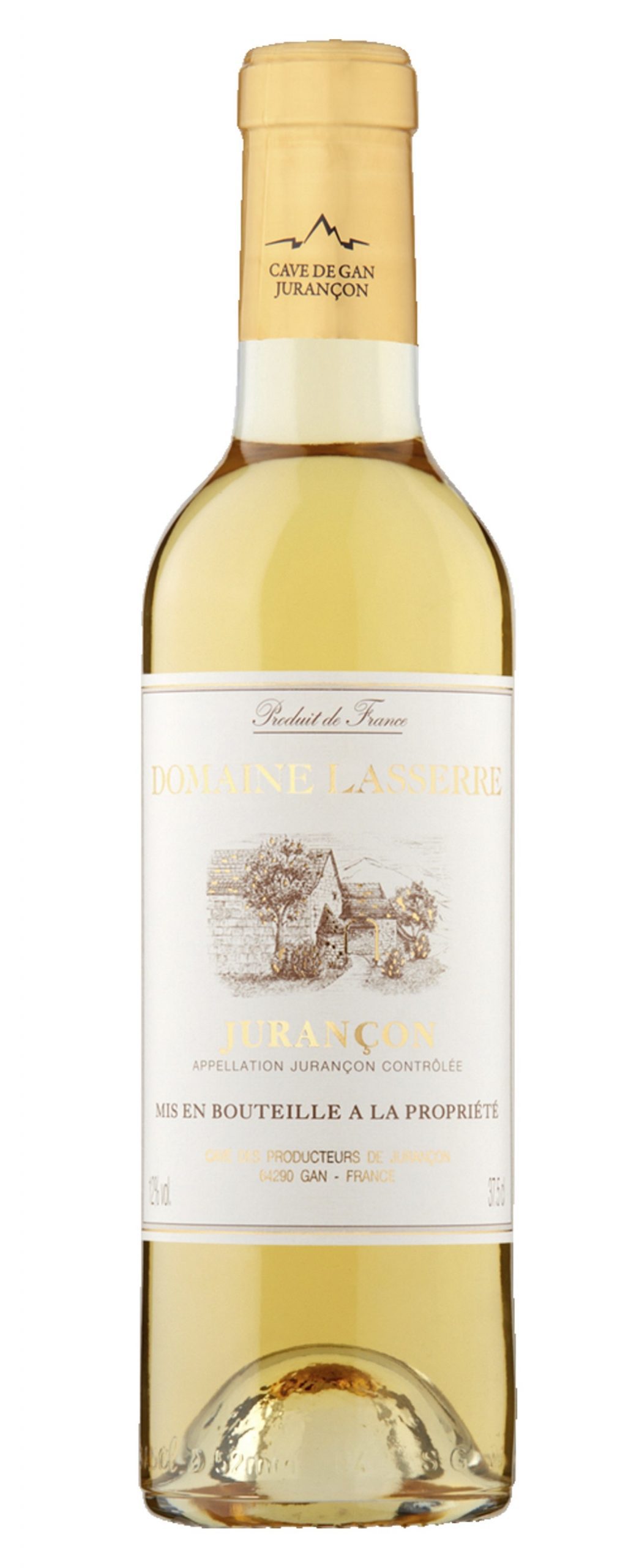
While Sauternes remains a sought-after choice for classy, sweet wines, I am going to advance the case for SW France this year – with two quite different selections.
First, then, the light version made from the local petit manseng and offering wine that is less rich than sauternes.
Nevertheless, it still provides the burst of sweetness that puddings demand – and does so at a great price.
Pale in colour and nicely light in texture, this example delivers long, mango and peach flavours that help show why it has been a long-haul constituent of the Co-op’s list.
Its additional charms include lively lemon and mandarin acidity and a honey centred backdrop that seems to combine delicacy with genuine sweetness.
And for a richer option.
2019 Château de Diusse Pacherenc du Vic-Bilh (£10.49 for 50cl at House of Townend and 12%):
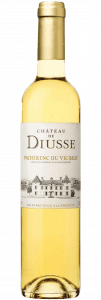
Pacherenc du Vic-Bilh is a sweet wine from Madiran in South West France.
Here, acclaimed local winemakers have produced an excellent version using gros and petit manseng grapes.
This represents a step up in depth from the Jurançon.
Engagingly coloured and aromatic, it contains rich orange, passion fruit and crème brulee flavours and would cost much more if from classic sweet wine country.
The wine’s creamy, honey centred texture is embellished (and kept fresh and lively) by lemon acidity.
Finally, a blockbuster choice.
2021 Elysium Black Muscat (from £12.99 for a half bottle at Majestic and 15%):

Black Muscat (Muscat Hamburg and also a table grape) is a particularly aromatic, red skinned member of the sizeable muscat family.
It is often used to create sweet wines especially – as with this example – in California.
Smooth and purple in colour, this illustration exhibits rich and lengthy strawberry, blackberry and apricot flavours complemented by citrus acidity.
It is a powerful wine indeed – a quality that is enhanced by its concentrated violet aromas along with mint and, inevitably I guess, honey influences.
NB: Once again, vintages in store may vary.
As I mentioned, after today’s glimpse of Christmas fare, Thursday sees a return to the present with a review of the latest Lidl Wine Tour.




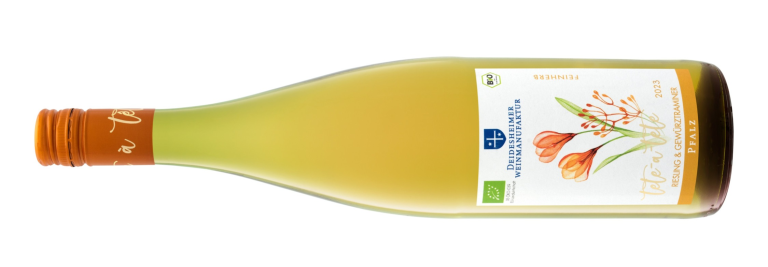




10 responses
Something for everyone there Brian. The Icewine at Lidl is reduced to £10.99 for Lidl Plus holders from Thursday 30th.
Lidl is offering the icewine at £10.99 from 30th November if you’re a Lidl plus member
Thanks for getting in touch Ian and welcome to the Comments section of the site. That reduction makes the purchase stupendous value for money, but it could make it sell out quickly – so fortune may favour the fleet of foot.
The aim is certainly to sweeten and fortify the season for everyone so let’s hope your opening sentence proves to be right. Thanks also to you and Ian for signalling up the upcoming price reduction. Having mentioned it twice, I shall not cover the Icewine again on Thursday – but there will be details of two other sweet wines in that post.
Nice selection Brian, I’ve tasted a few of these and I do like a sweet/dessert wine, Pedro Ximenez is hard to beat and Morrison’s one is very good and great value at £7. I’ve had a couple of bottles of that Black Muscat in the past and enjoyed it a lot. I’m also a big fan of Ice wines although they are a little more expensive.
Still think sweet/dessert wines are still not as popular as they should be, I generally find it a hard sell to my friends and family, but comsumed with the right pudding, cheese, fruit, etc it can be a drink of pure joy.
Hello Brian …
We normally don’t do a lot of sherry nor bother with sweet whites. But both myself and my wife really enjoy some port and Madeira. Sainsbury’s often have very good discount deals on stand alone bottles of LBV, vintage and other styles from the well known producers and a very cheap, decent in-house tawny too.
Pre-empting you will only be speaking about the new Wine Tour at Lidl in this coming Thursday’s edition of MidWeekWines can I mention today the Lidl 10 year old tawny port called Amilar, I think! I can’t easily locate a link for it online and it is one of those WIGIG lines, now we see it now we don’t, but I’ve noticed it has been hanging around for quite a while in stores I use. I started buying it several years ago at £9.99 but inevitably it’s nearer £12 now. But still rather decent for the money.
It’s interesting to me how in some shops the individual lines do stick and the regular customer base doesn’t go for them. On the other hand some products are as rare as hens’ teeth. Try as I may I can never find the 12 year old single malt that Aldi say they have. In fact it has now disappeared completely from their listing!!
As you say, Dave., sweet wines are a hard sell. You hint at a point that is often missed – it is richness – not just sweetness – that they pair well with. That means they work with some cheeses and with particularly rich pâtés. Look on the bright side though – their lack of popularity means that they often have especially (and sometimes ridiculously) low prices.
Not sampled that port for several years now – but well worth a try at those prices. As for whisky, I am hugely impressed by the quality of malts that both premium discounters sell around the £15 mark and which could easily cost twice that. But “if you can get them” I hear you say!
Thanks Erik & Ian for alerting us to the icewine offer – had not spotted this.
I have often observed, at the end of a multi course wine dinner event, that the dessert wine glasses are usually left with some wine remaining. This reinforces my view that a pretty small serving is about right. Recently, whilst cat sitting for my daughter, I noticed a half bottle of the Pillitteri vacu vin’d in their fridge. We each had a small measure with our pudding, and it somehow made the whole meal more “special”. The beauty is that the half bottle would be sufficient to lift quite a lot of dinners, so great value!
Obviously, a daughter of excellent judgment!
I am with you on your second point. A touch of something sweet and a small volume of (as you suggested recently) sherry to bookend a meal make a real difference. They upgrade a fuelling stop to something of an occasion.
It does need to be stressed though that volumes should be restricted to ensure that you are drinking responsibly. That may mean reducing how much of any main meal wine you drink.
If you can live with the appearance of being a skinflint, buying pub measures is a good way to keep control. A 125ml measure divided between two people at each end of a meal is often sufficient to add extra gloss yet still be sensible. A 50cl bottle of sweet or fortified wine should easily last the four days that will involve.